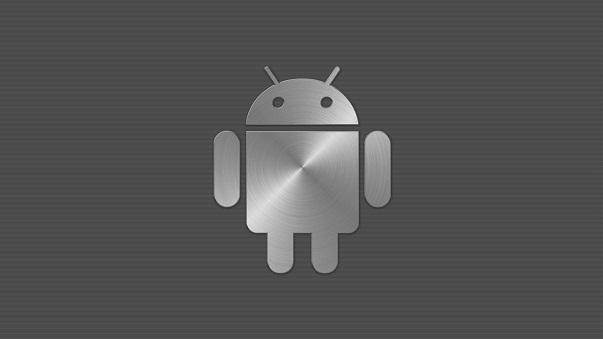 |
The prime objective behind the program Android Silver is that Google wants to attain a complete control over the Android ecosystem and market the pure Android experience. For combating the “fragmented Android” image with “unified Android” via this approach, Google is investing a hefty amount. As, Google will possess the complete control over all the integrated softwares and hardwares that will be running on the products of the Android Silver.
However while looking into the past, it can be observed that Google has already made numerous strives for an unfragmented Android. With the Android Silver program, it will be its another attempt. Now the question is will Google be able to achieve success this time.
Do the users really want pure Android?
For this, let's consider the last three efforts made by Google that unfortunately have failed.

- During the initial phase when the Android was new to the market, the two manufacturers HTC and Motorola Mobility (pre-acquisition) have designed their own versions of Android. These versions not only boast different visual appeal but have also altered the Android standards set by Google. This fractured ecosystem of the Google Android has created a great confusion among the developers, service providers and buyers.
- When second time Google tried to deliver the Android vision in the market by restricting the platform update for its version 4.0 (popularly known as Ice Cream Sandwich) to only pure Android mobiles. This time also the market response was not as good as for the Samsungs' improved UI design (which doesn't deliver exactly the genuine Android experience).
- Indubitably the fragmented Android ecosystem was creating application compatibility issues and that is what annoying the developers the most. This issue however still exists, but has been minimized to a great extent. In the third attempt for promoting the pure Android in the market, Google has acquired its competitor Motorola Mobility (which is now acquired by Lenovo) with a thought in mind to deviate other Android makers. With the Motorola partnership, it has generated several pure Android Nexus devices. But, these merely attained any market attention. This effort again failed, since the users were more tempted to invest in impure Android devices (offered by makers like Samsung, LG, and more).
The success of the Android Silver is quite hard to depict, however, one thing is for sure that it will offer certain benefits to its users. For instance, the Android fans who desire to fetch the current updates at the earliest will get them their first launch, if they are using the Google-controlled Android Silver.
Other way around
Google can better promote the pure Android by simply restricting the licensing of the Android to manufacturers who can ensure the real Android. As, users admire the Google platform more than the interface variations offered by the manufacturers like Samsung. Thus, there are great chances that if ever the partnership of popular Android and Samsung will split in the future, the majority of Android fans would like to stick with the platform not its device maker. However, this is not possible for the Android 5.0 and previous versions, but it can be considered for the forthcoming versions.

The pure Android will not only solve the apps compatibility issues, but will also help enhance the Android performance. The real platform would be better able to breakthrough its noted vulnerabilities including inconsistency in the UI, fragmented mobile platform, late updates and so forth.
If only the Google controlled Android Silver will be available in the market, users will be able to retrieve the updates at the earliest and enjoy a smooth UX with consistent UI design. Moreover, the Android app developers' job will be also augmented as they will be better able scrutinize the target device features.
Author Bio: Victoria Brinsley is a veteran app programmer for Appsted Ltd., that aids you to outsource Android apps development services. Feel free to ask her any related queries about development technology and processes.



.jpg)






